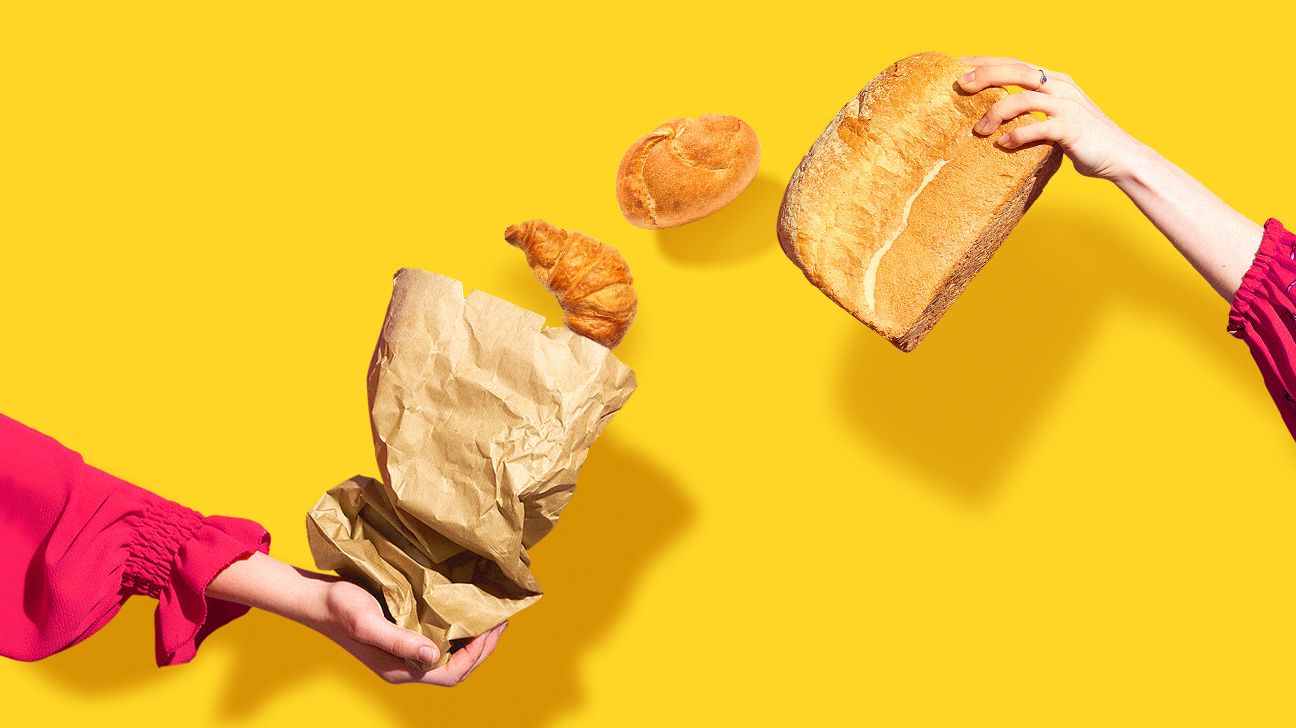We include products we think are useful for our readers. If you buy through links on this page, we may earn a small commission. Here’s our process.
Greatist only shows you brands and products that we stand behind.
Our team thoroughly researches and evaluates the recommendations we make on our site. To establish that the product manufacturers addressed safety and efficacy standards, we:- Evaluate ingredients and composition: Do they have the potential to cause harm?
- Fact-check all health claims: Do they align with the current body of scientific evidence?
- Assess the brand: Does it operate with integrity and adhere to industry best practices?
There are lots of fantastic foods you can indulge in while on the ketogenic diet, but we regret to inform you that carb-rich cuisines are not among them.
Since keto is a low carb diet, you won’t be quite so chummy with bread, buns, and bagels. Since every carb counts, exactly how many can you eat? Let’s look at the numbers.
We’ll kick this off by saying there’s no exact ratio of macros for being successful on the keto diet — more like a range.
Some people can reach ketosis (the state in which your body uses fat stores instead of glucose for fuel) by consuming about 50 grams of carbs a day. On the other hand, some people require as little as 20 grams to get the job done.
To know for sure whether you’re in ketosis, you can measure the ketones in your urine. We recommend that you pee on these little strips first thing in the morning. (Might want to invest in a food scale while you’re at it.)
The range of macros for the keto diet breaks down like this:
- Fat: 65 to 90 percent
- Protein: 10 to 35 percent
- Carbs: 5 to 10 percent
If you’re consuming 2,000 calories and you want to stick with 5 percent carbs or less, you’ll have around 25 grams of carbs a day to play with. Here’s an example of how you could spend those carbs:
- 2 ounces almonds: 5 grams
- 6 ounces broccoli: 7 grams
- 6 ounces cabbage: 5 grams
- 6 ounces raspberries: 8 grams
Sorry, folks, there’s definitely no room for cheesecake here. But all bread aside, there’s so much you can — and should — consume to your heart’s content.
And here’s a bit more good news: The carb number on the label may not count as much as you think. When we’re talkin’ carbs on keto, we’re talking net carbs. That is, total carbohydrates minus fiber (which is not broken down and digested in your digestive tract).
A half-cup of blueberries, for example, has 10 grams of total carbs. But if we subtract the 2 grams of fiber, that’s only 8 grams of net carbs. Score!
For a more definitive guide to which foods to eat and which to stay away from, check out our beginner’s guide to the keto diet.
If you’re like, “So, now that I’m waiting for my pee strips to come in the mail, what can I eat rn?”, we’ve got you. Check out our favorite keto-friendly meals that make it easier to put pasta on pause.
For breakfast, we’re thinking keto muffins or hearty breakfasts that venture beyond eggs and bacon. If you’re into batch-cooking and prepping, here are more keto breakfasts you can make on the weekend.
Come snack time, you’ve got loads of options, including something called “grilled cheese bars.” Um, what? And also, yes, please.
For lunch, you’re going to want to munch on one of these epic salads or maybe shrimp tacos. You really can’t go wrong with keto chicken recipes. We’re also into this low carb Mexican meatza.
Dinner doesn’t have to be boring, either. Try out these quick dinner recipes, easy entrées, and Indian dishes. And if you’re like, “No more cheese, please,” give one of these dairy-free keto dinners a go.
When you don’t have time to cook, it’s keto slow-cooker recipes to the rescue. Equally easy and tasty: keto soups.
And no one’s going to ask you to give up dessert. Give keto lemon cheesecake a whirl. Oh, and don’t forget your cookies.

